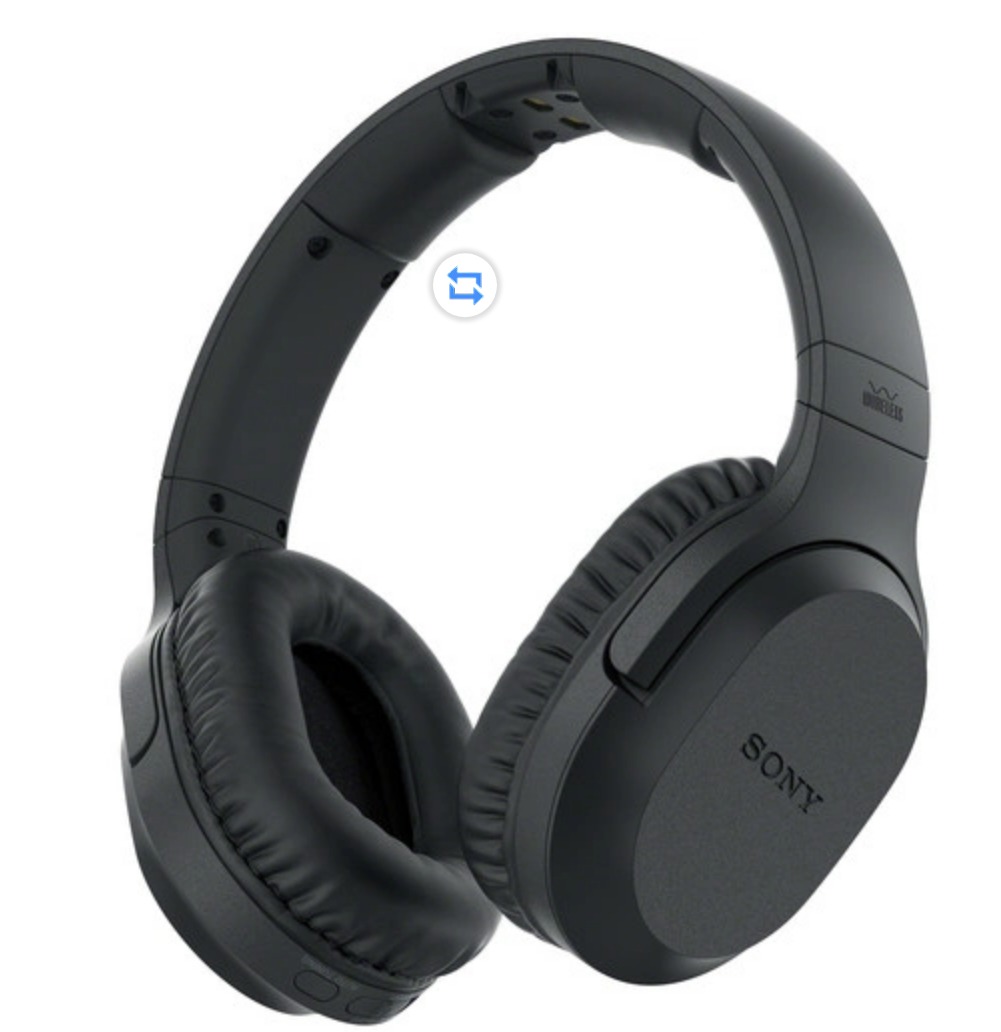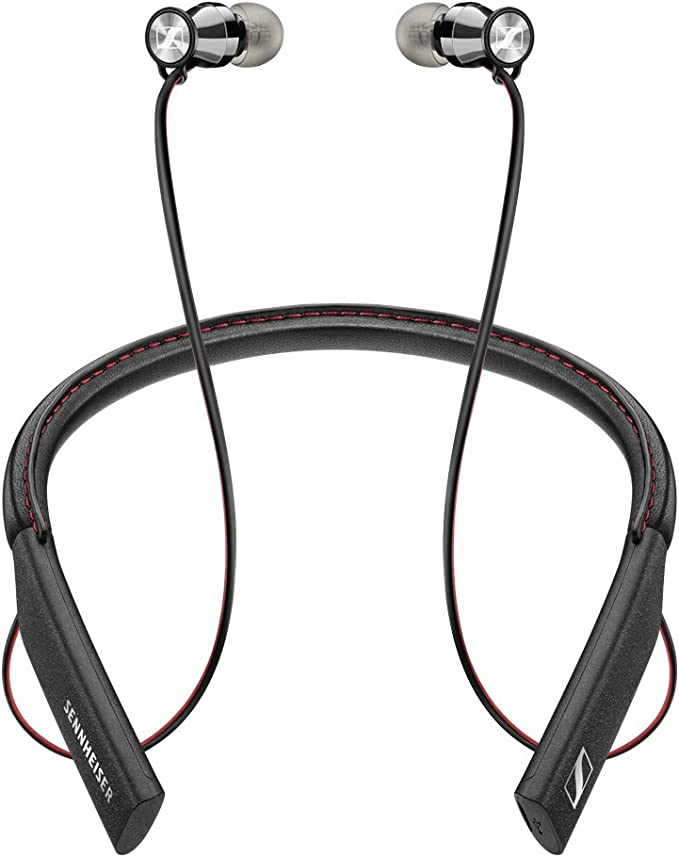Bose Bass Module 500: Unleash the Power of Deep Bass in Your Home Theater
Update on Sept. 24, 2025, 6:35 a.m.
You know the feeling. The lights dim in the movie theater, the screen floods with light, and the first bone-rattling WHUMP of an explosion hits you not in the ears, but squarely in the chest. It’s a physical presence, a force that makes the story feel tangible. You buy a fantastic home theater system, eager to replicate that magic. You set it up, play the same scene, and… it’s just loud. The impact is gone, replaced by a muddy, indistinct rumble or, in some parts of the room, almost nothing at all.
You blame the speakers. You tweak the settings. But the real culprit is hiding in plain sight. It’s your living room.
Your room, with its four walls, ceiling, and floor, is actively waging war on your sound. It’s an acoustic battleground where the elegant engineering of your speakers is pitted against the stubborn laws of physics. But in the last decade, a new kind of weapon has emerged, one that uses intelligent software to fight physics with physics. To understand how it works, we first have to understand the enemy.

The Gentle Giant in the Mirror Maze
Think of sound, especially bass, as a gentle giant. High-frequency sounds, like a tweeter producing the sizzle of a cymbal, are like tiny, frantic hummingbirds—their sound waves are short and dart around, easily absorbed by curtains or a rug. Bass, however, is different. A low-frequency sound wave produced by a subwoofer is a slow, powerful, long-limbed giant. A 40 Hz note, a common deep bass frequency, has a wavelength of over 28 feet.
Now, imagine this giant trying to navigate your living room, which to it, is a chaotic mirror maze. Every flat, hard surface—your walls, your floor, your ceiling—is a mirror. When the giant takes a step (sends out a sound wave), it hits a wall and an identical, reflected version of itself starts walking back in the opposite direction.
This is where the chaos begins. When the original giant and its reflection meet, they can interfere with each other. Sometimes they meet in step, high-fiving each other and creating a wave of double the intensity. This is a “hot spot,” a corner of your room where the bass sounds overwhelmingly loud and “boomy.” Other times, they meet perfectly out of step—one is pushing forward as the other is pulling back. They completely cancel each other out, creating an acoustic dead zone, a “null,” where the bass seems to vanish entirely.
This phenomenon is called a standing wave, and it’s the primary reason the bass sounds dramatically different depending on whether you’re sitting on the couch or standing by the bookshelf. Your room is filled with these invisible peaks and valleys of sound pressure, acoustic traps laid by its own geometry.

Your Ears Are Biologically Biased (and It’s Not Their Fault)
As if the physics of the room weren’t a big enough problem, our own biology is working against us. Our hearing did not evolve in a home theater; it evolved to help us survive. It’s exquisitely tuned to the mid-range frequencies—the range of a crying baby, a snapping twig, or, most importantly, the human voice.
This sensitivity is famously mapped by the Fletcher-Munson curves, which show that our ears perceive different frequencies at different loudness levels. To our brain, a 40 Hz bass note has to be played at a much, much higher energy level to sound as loud as a 1,000 Hz mid-range tone.
This means a subwoofer isn’t just for making things louder; it’s a specialized tool designed to produce the massive amounts of energy required to overcome our biological hearing bias and allow us to perceive the full spectrum of sound. But when you put that powerful tool into the chaotic mirror maze of your room, you’re just giving that gentle giant more power to create those standing wave hot spots and dead zones.

The Ghost in the Machine: Taming Physics with Software
For decades, the only way to fix this was through physical acoustic treatment—installing bulky bass traps and sound-absorbing panels to stop the reflections. But what if, instead of changing the room, you could teach the giant how to navigate it?
This is the magic of Digital Signal Processing (DSP) and modern room correction software. It’s like noise-cancelling technology, but for your entire room. The process is brilliantly simple in concept:
- The Ear: A special microphone is placed at your listening position.
- The Test: The system sends out a series of test tones, from the lowest rumbles to the highest chirps.
- The Map: The microphone listens to how the room alters these sounds. It hears the standing wave peaks as huge spikes in certain frequencies and the nulls as deep valleys. It creates a detailed acoustic “fingerprint” of your room’s unique distortions.
- The Fix: The DSP “brain” then does something amazing. It creates an inverse equalization (EQ) filter. Where the room creates a giant peak at 60 Hz, the software applies a precision cut at that exact frequency. Where the room creates a deep null, it boosts the signal (within limits). It becomes a ghost in the machine, an invisible conductor pre-distorting the sound signal to perfectly counteract the distortion your room is about to create.
The result? The sound reaching your ears is dramatically smoother and more accurate, closer to what the audio engineers intended. The software hasn’t broken the laws of physics, but it has cleverly outsmarted them.
This technology, once the domain of high-end recording studios, is now making its way into consumer audio. A perfect case study is the compact Bose Bass Module 500. Its design is a fascinating reflection of this software-first philosophy. It’s a small, sealed cube—a design choice that naturally prioritizes tight, accurate bass with a quick response over sheer, boomy output. The engineers know they don’t need a huge, ported box to create massive, uncontrolled bass, because the intelligent part of the system—the ADAPTiQ calibration—will tame the room. The included headset is the microphone “ear,” and the software in the soundbar is the DSP “brain” that draws the acoustic map and applies the fix. It’s a holistic system where the hardware and software are designed in concert to solve the problem of the room.
Your Turn to Be a Scientist: The Counter-Intuitive Fix
While sophisticated DSP offers a powerful solution, there is one weirdly effective, low-tech trick you can try right now that relies on the same scientific principles. It’s called the “Subwoofer Crawl.”
- Place your subwoofer not in its final location, but directly on your main listening spot on the couch. Yes, on the cushion.
- Play a piece of music with a consistent, repetitive bass line.
- Now, get on your hands and knees and crawl around the perimeter of your room where you might normally place the subwoofer.
- Listen carefully. As you move, you will hear the bass change dramatically. You’ll find the boomy spots and the dead zones. Your goal is to find the one spot where the bass sounds the most balanced, tight, and clear.
- That’s it. That’s the best place for your subwoofer. Mark it, move the sub there, and return to your couch.
Why does this work? It’s based on the principle of reciprocity. The acoustic path from the subwoofer to your ear is the same as the path from your ear to the subwoofer. By putting the “source” where your head normally is, you can use your own ears to find the location in the room that has the smoothest response at the listening position.
The Dance of Sound and Space
For years, we’ve been told that achieving great sound is about buying bigger, more powerful speakers. The truth is far more interesting. It’s an intricate dance between technology and environment, between the brute force of a speaker driver and the elegant intelligence of a processor.
The future of audio isn’t just about power; it’s about awareness. It’s about systems that understand the space they’re in and adapt to it. By understanding the unseen war being waged in your living room, you’re no longer just a passive listener. You’re an informed choreographer, armed with the knowledge to stop fighting the physics of your room and start working with it, finally letting that gentle giant of sound dance the way it was always meant to.



























































